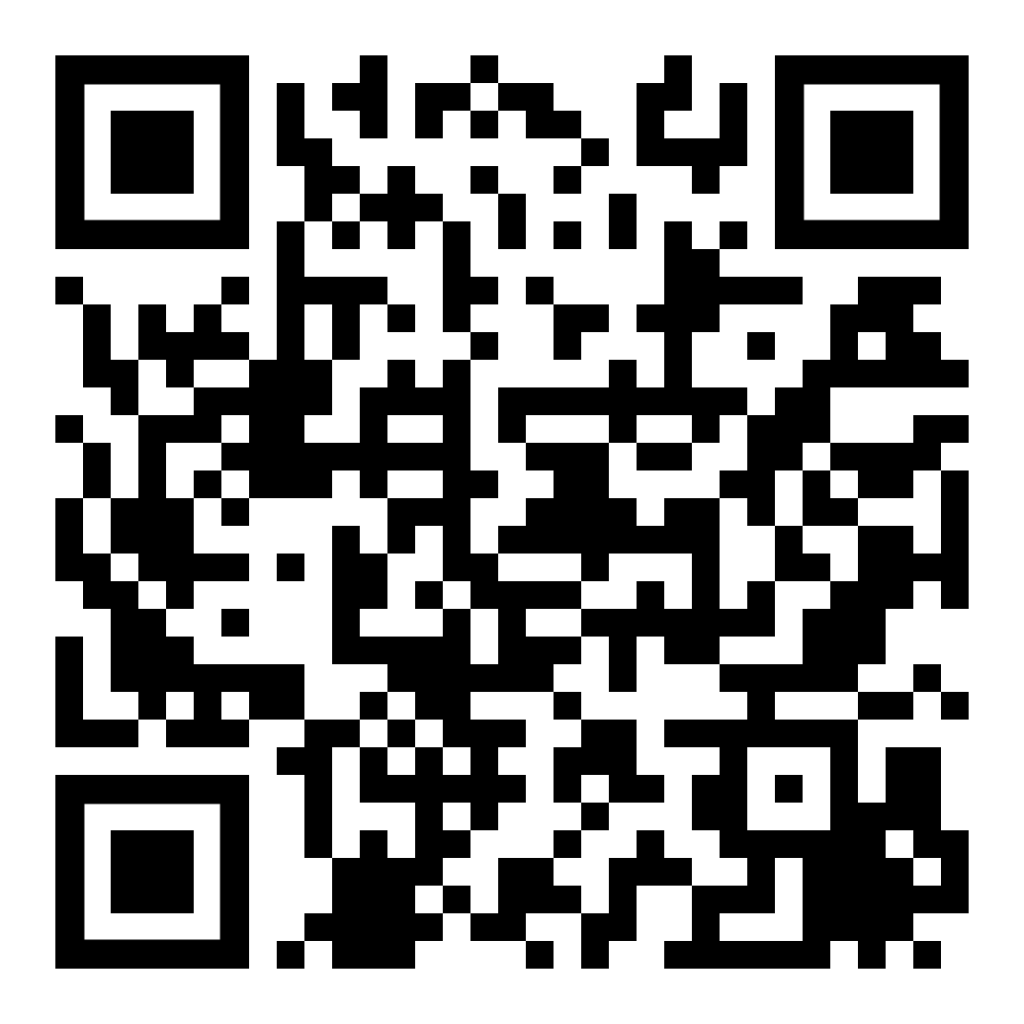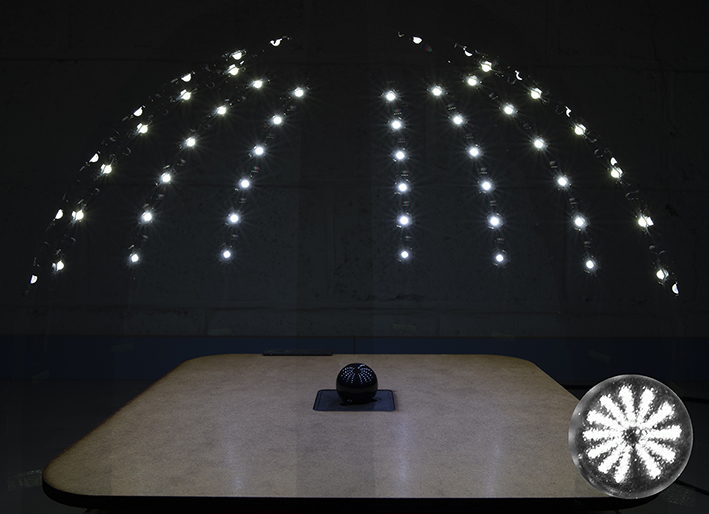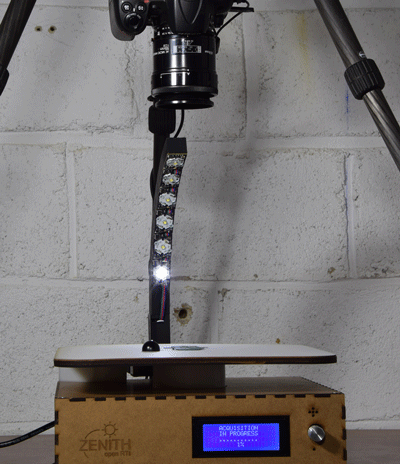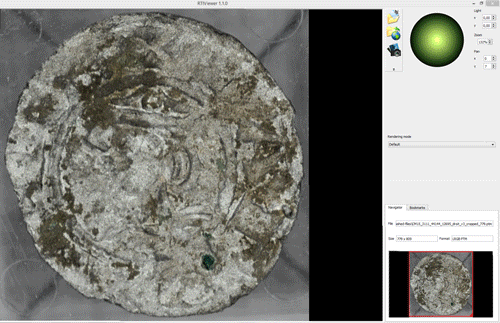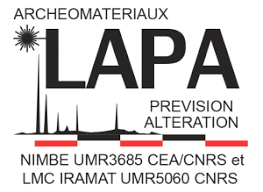Jean-Charles Méaudre, Mickaël Bouhier
Presentation
Reflectance Transformation Imaging (RTI or Polynomial texture mapping) is a method based on compiling photographs, with the only variable being the angle of incidence of the light source. It is designed to highlight surface features through the interplay of shadows and light using dynamic files, allowing for the adjustment of lighting orientation and the application of filters to reveal details that are difficult to perceive in a traditional photograph. Archaeological applications are vast. Beyond increasing the level of information, RTI overcomes the difficulty, and even the impossibility, of transporting artifacts to the specialist responsible for their study.
Without automation, this technique remains limited to occasional use due to its time-consuming nature. The cost and technical constraints of commercial solutions are prohibitive, so we developed an automated, compact, and affordable open-source device within our department. Based on the use of a movable arm equipped with high-intensity LEDs, it simulates the functionality of a dome. The HASOR device (Handheld Acquisition System Open RTI) is designed to be easily reproduced using tools commonly found in Fablabs (small-scale workshops offering digital fabrication). With this in mind, we have launched a website containing all the necessary elements for its creation and use. By emphasizing open hardware, we encourage the dissemination and continuous improvement of this device, and we hope to contribute to the democratization of this valuable technique for the study of heritage objects.
To anticipate future advances and needs, the HASOR is designed to accommodate a greater number of LEDs through the serial control system. This increase, along with the enlargement of the arm, will allow for a greater number of source files and thus enhance the fluidity of the RTI output. The device is also designed to control other types of LEDs to perform ultraviolet (UV) or infrared (IR) acquisitions, located on either side of the visible spectrum (380-780 nm), thereby identifying pigments and inks that are invisible under natural light.

